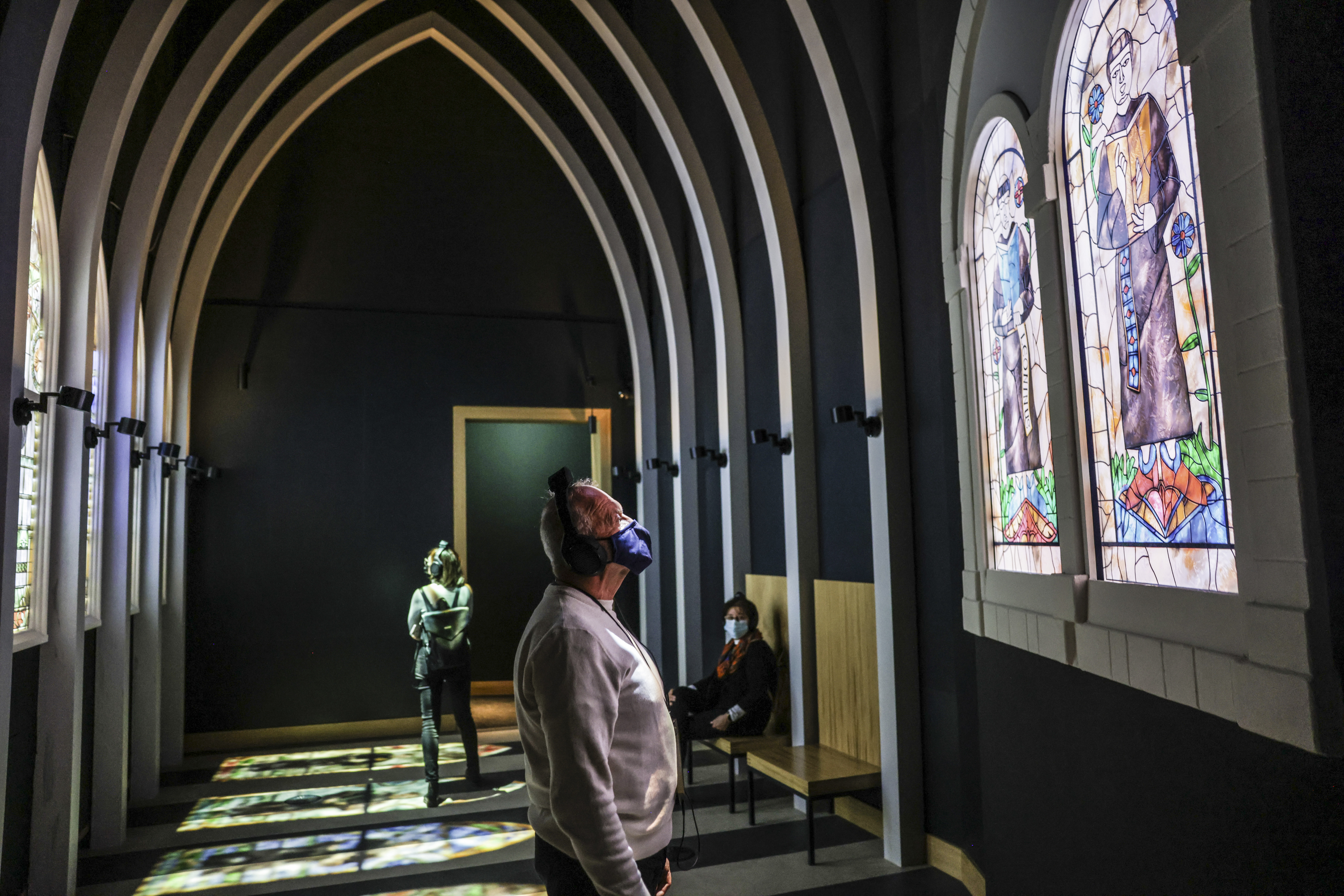Sound Dimensions – Musical Journeys in Space &
Time flies from the realm of magical beliefs to the monumental sound of
medieval cathedrals before taking in the styles of today.
This all sounds relatively simple but it’s actually far, far more complex, thanks to the spatial audio headphones that follow your every movement. Wherever you walk, turn or stop in front of a picture, point or video, your high-tech headset detects it and changes the content in your ears.
Sound and vision
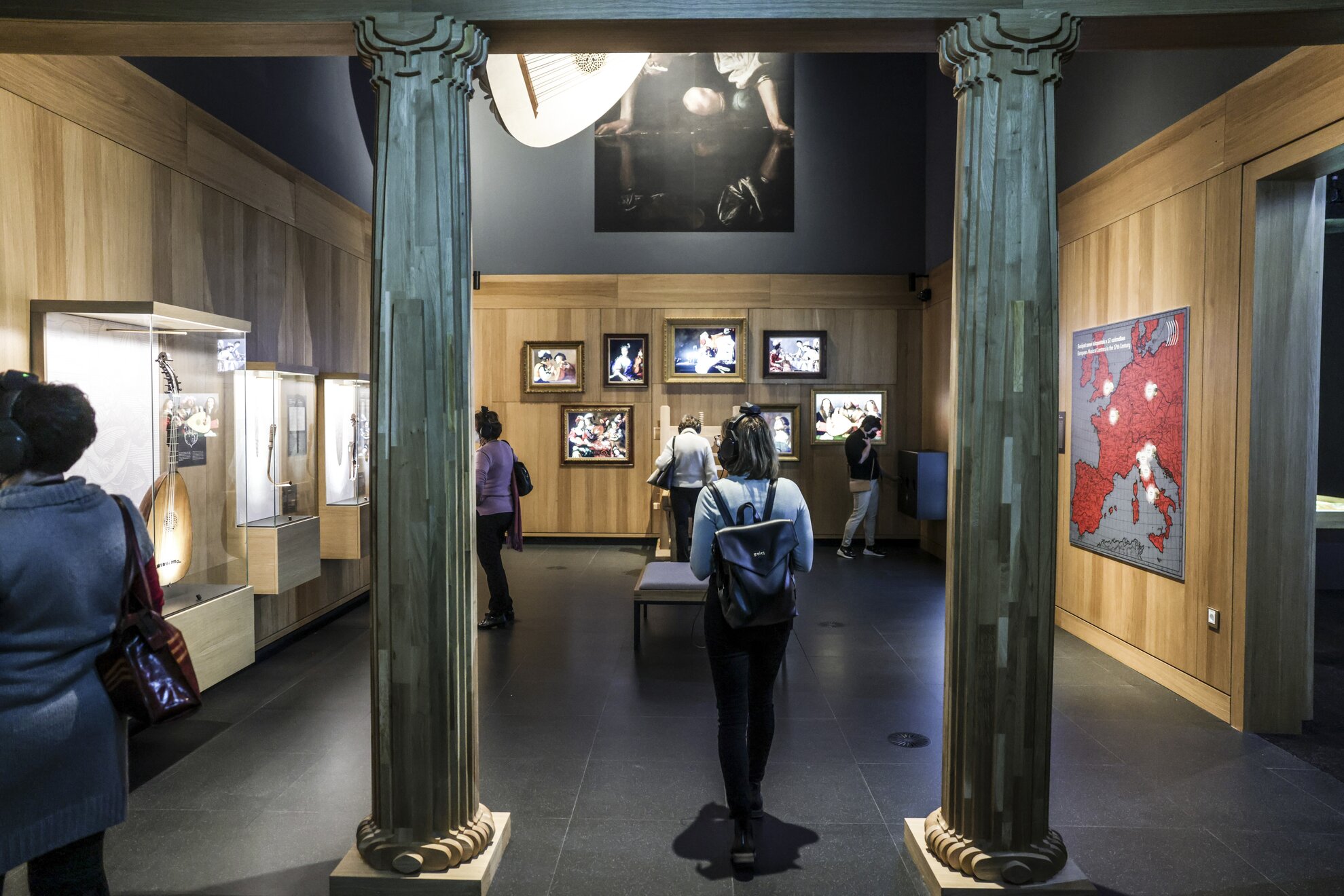
You can see the exhibition without headphones, of course, but that would deprive you of the whole experience. It is not (only) that you can see ancient musical instruments in showcases, old sheet music in ornate frames, supplemented by a video or two, but you yourself become an active participant. You can try tribal drumming, print sheet music, listen to the authentic singing of the Uralic tribes whence Hungarians came, play with a string quartet and spin a few discs.
Sound Dimensions is made up of seven major parts: the origins of music, the mysteries of folk music, church music and the emergence of written scores, the birth of opera, Europe’s key music hubs, the technological revolution of the 20th century, and the vast cloud of data of the 21st century.
The universal language
“Although we are in the House of Hungarian Music, an exhibition on the history of music is inconceivable without presenting its universality. Therefore, the exhibition focuses more on Europe, setting for the most important happenings in Hungarian music,” said co-curator Márton Horn, Chief Operating Officer of the museum.
It takes you a good afternoon to walk around. Don’t rush as you’ll miss out on the little things such as invisible fingers playing a piano, moving paintings or a hologram of the characters in Don Giovanni. To experience everything, try every game, you’re looking at three hours rather than two.
Drum solos and folk sounds
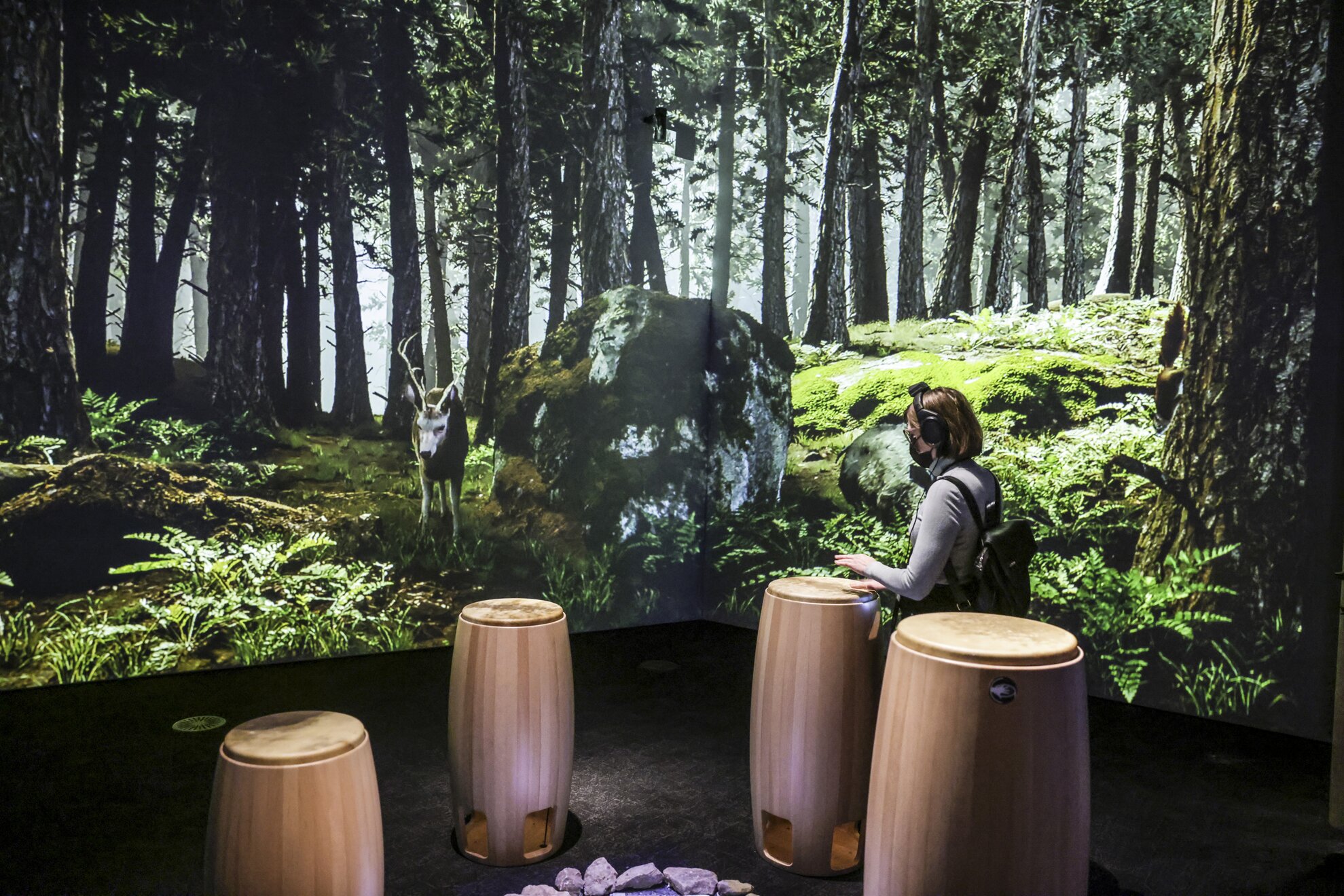
With headphones on, you reach the first station, the sounds of nature and the magic of music. Here drums are set up around a campfire for you to stand behind and beat as rhythmically as possible – the more of you, the merrier!
Having experienced the communal power of music through drumming, this feeling now deepens when you reach the part presenting folk tradition. Music is integral to our existence, with us from birth to death. It connects all our important moments, our feelings and the different times in our lives. It was present well before sheet music was created, in lullabies, in social celebrations and at funerals.
Walking through the folkloric space is a fascinating experience. You listen to the singing of the Uralic people from
deepest Russia, linked with the mysterious origins of Hungarians themselves. From
one point to the next, your ears are filled with songs belonging to different
folk customs and celebrations.
Since song and dance have always accompanied
village life, you can immerse yourself in the motion of a traditional Hungarian
folk dance, with instruments alongside.
Gregorian and Gothic
Walking through a huge gate from the world of folk,
you change dimension in space and time, reaching the age of Gregorian chants,
codices and Gothic cathedrals. The first major musical chapter in European
Christian culture is the Gregorian chant, which developed a huge treasure trove
of melodies over the course of 500 years.
By then, monks had begun to annotate
music. Other melodies crept into the songs and it was no
longer as easy to sing from memory as it once was in monasteries and Gothic
cathedrals. Various codices and songs of psalms were created, and polyphony brought
ever more complex melodies to astonish the faithful.
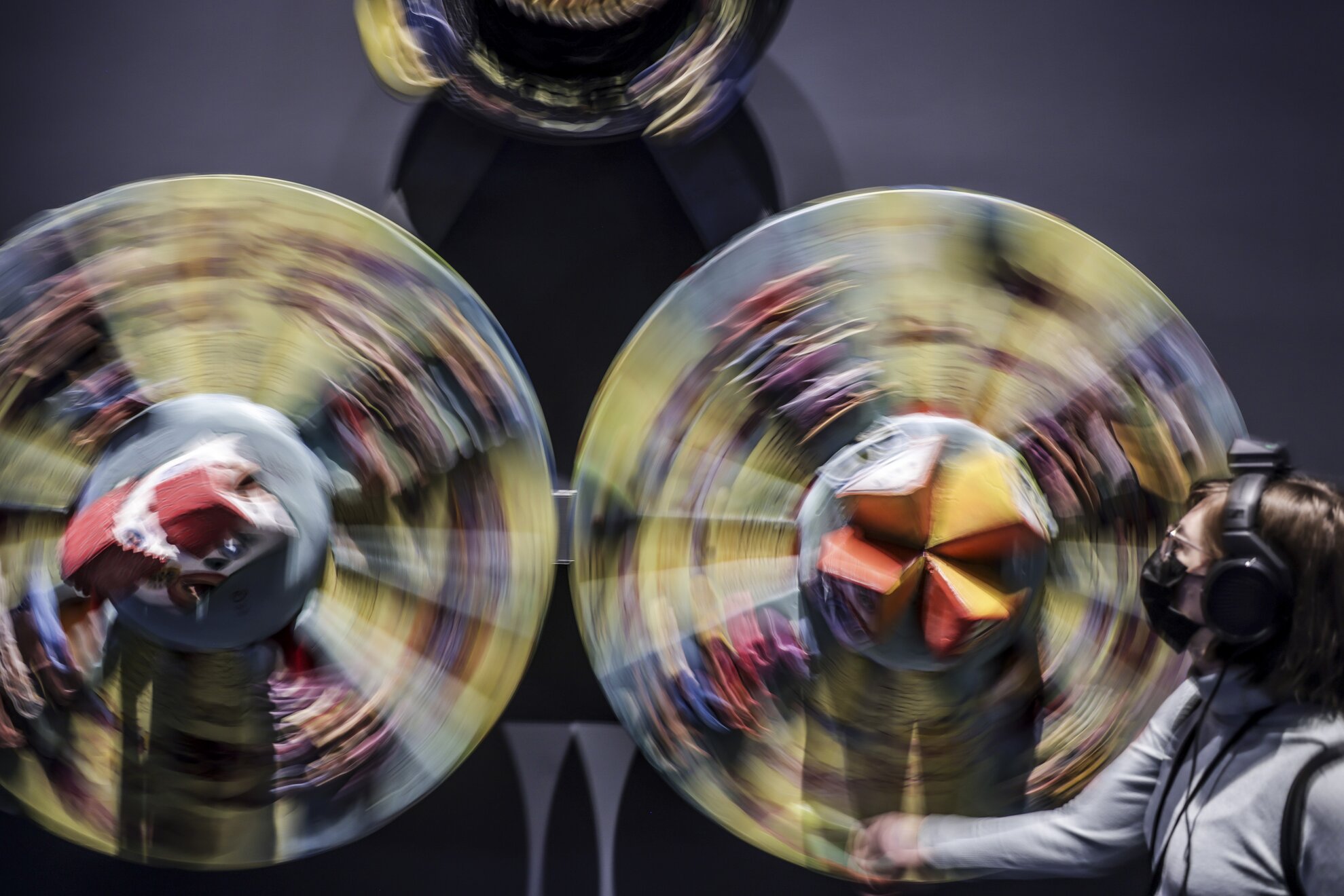
In a playroom disguised as a library, you can move a
waiting hand to get the monk to sing. If you do it well and hit the right notes,
the sounds are harmoniously Gregorian. Mess up, and it’s like a needle going
across a record, much to everyone’s amusement.
From here, you cross a corridor
reminiscent of a Gothic cathedral into a domed space reminiscent of a Baroque
basilica. Each merits a longer linger, as you’ll see little things such as
monks moving through rose windows or swirling angels around the fresco of the
dome. It’s all animated, of course, but still very lifelike.
Sheet music and opera
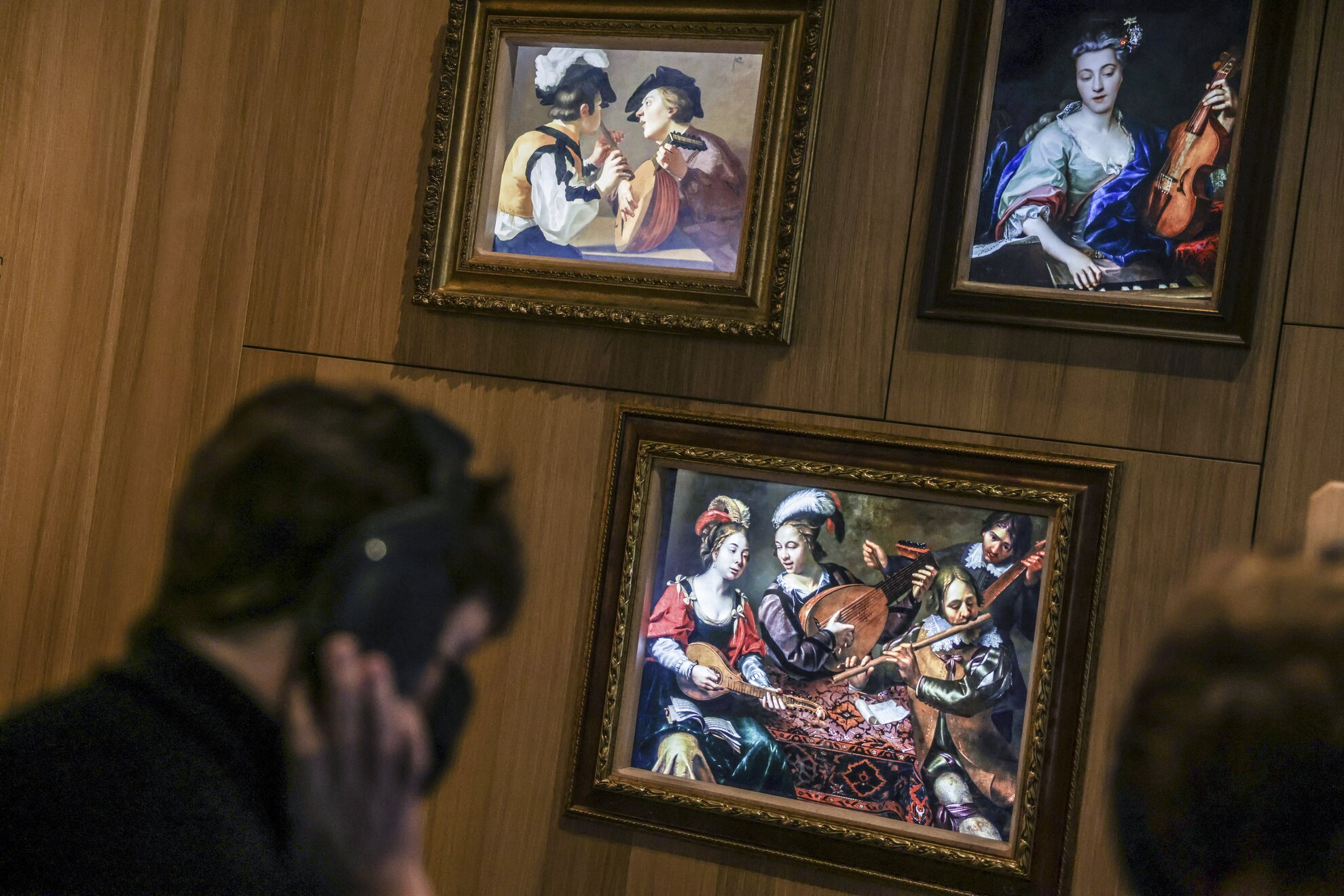
By the end of the 16th century, the music of the
church had been replaced by that of the stage, the focus not on divine spheres but
human frailty. Emotions, tragedies, hopes and daydreams appear, opera fever breaks
out, along with the first groundbreaking instruments, composers and performers.
Sheet music becomes increasingly popular and you can try producing some for yourself.
Monteverdi, who transformed opera, also changed the notion of music, his
influence later followed by Bach, Haydn, Mozart and Beethoven.
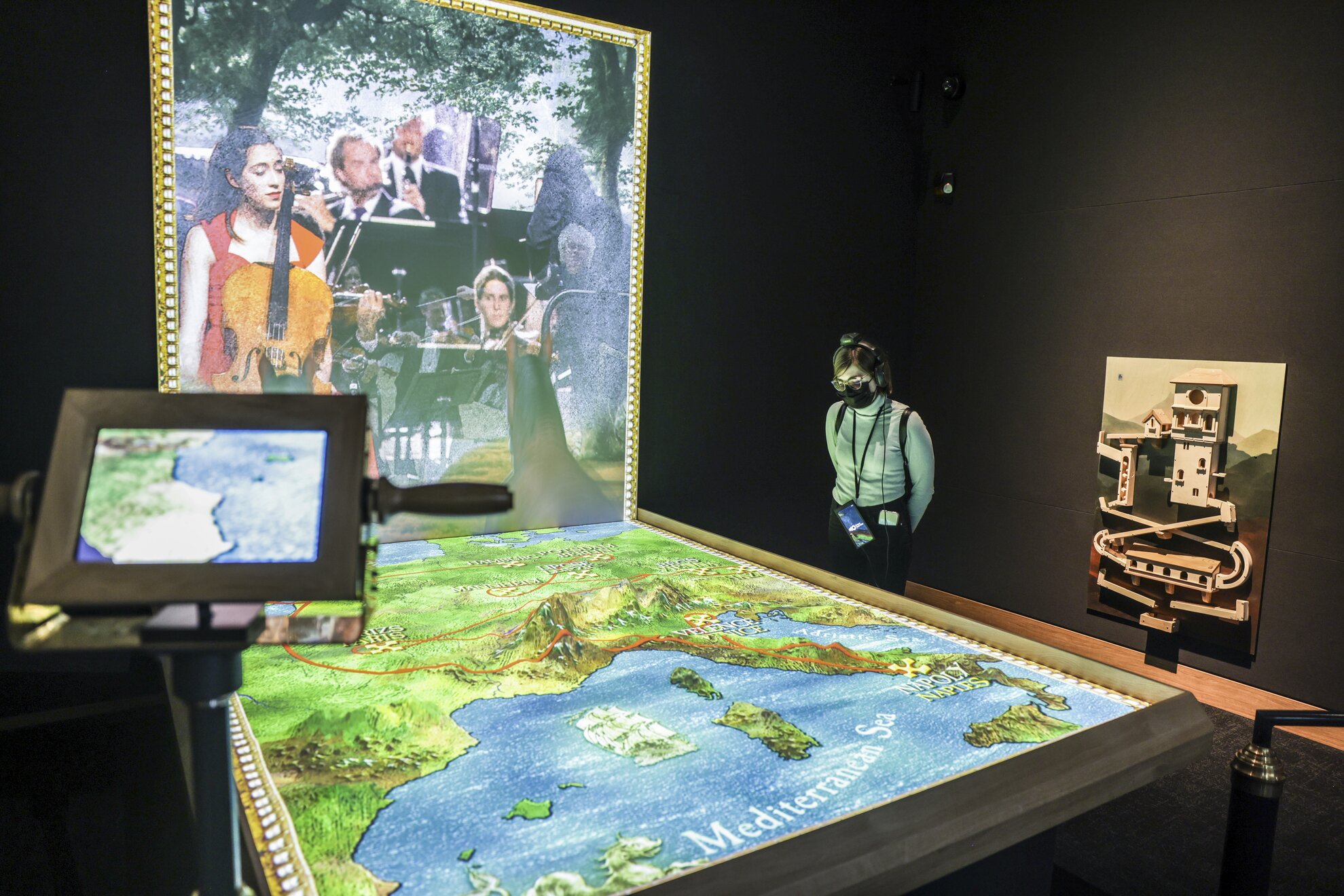
The musical hubs of Europe determined the development of music, in which noble residences played a much larger role than cities. The most important destinations of the 18th century, such as palatial Eszterháza in Hungary, Paris and Bratislava, are shown on a metro map, with coloured lines connecting the stages of the lives of the most important composers. Similar in function, but more exciting, is the table-sized relief map, where you can scan through these centres with binoculars.
In more interactive fashion, you can join a
string quartet, watch holograms of the characters in The Magic Flute and
Don Giovanni, and listened the Rákóczi March played on the piano – without a
pianist.
One particularly attractive feature presents the music and techniques
of the 20th century, such as the animation for Béla Bartók’s opera Bluebeard’s Castle, taking you to another world.
DJ decks and Star Wars
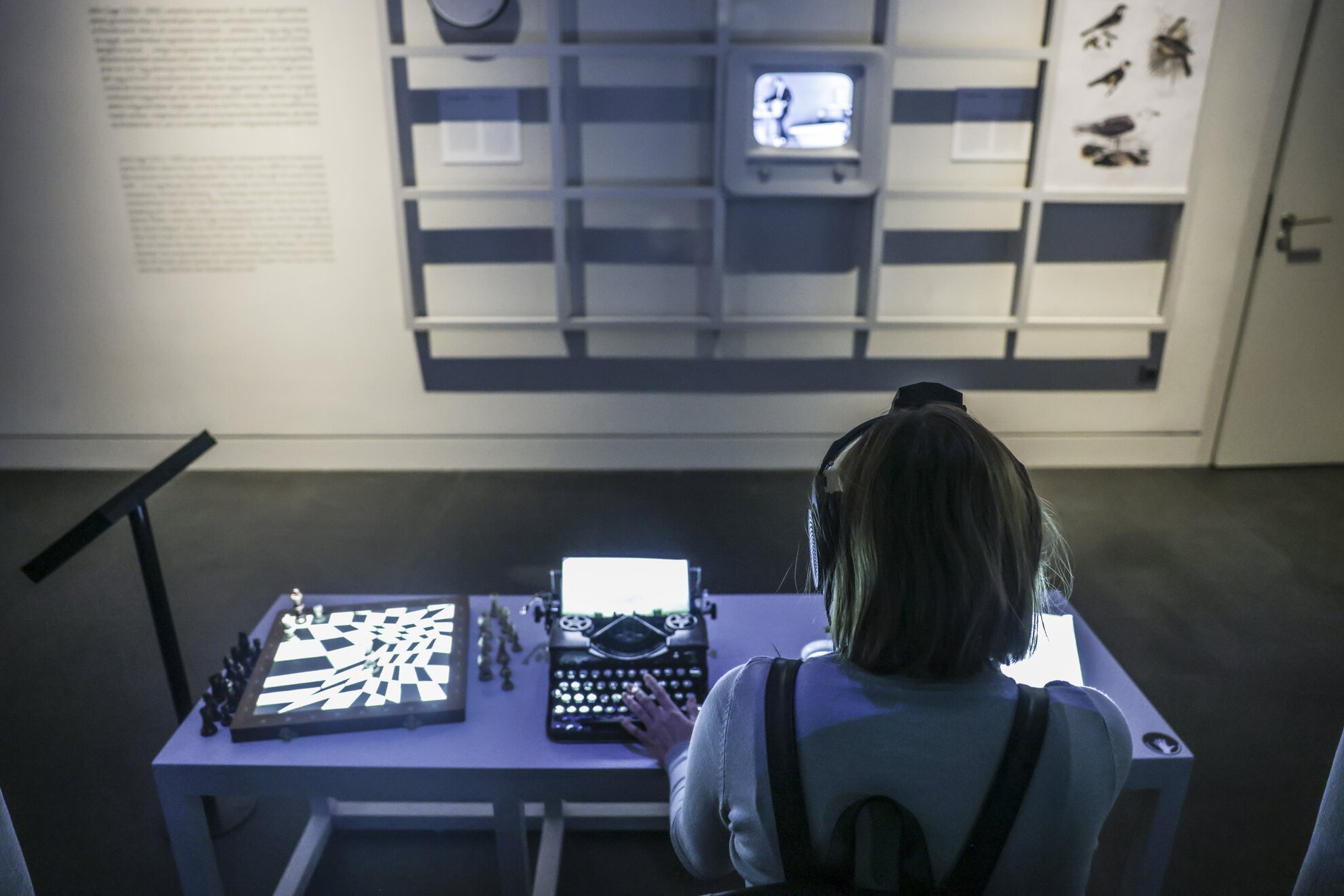
By the 1900s, popular and high-brow music went their own separate ways and, with the advent of
radio and TV, the way of consuming music changed completely. Sound recordings
and advances in technology made it possible to reproduce the same music over and
over, independent of location, bringing Elvis, the Beatles or Led Zep into people’s
homes.
Shown on different types of TVs, the most important moments in 20th-century
music flash up, videos too, the iconic songs on the Ed Sullivan Show, Top of
the Pops and Hungary’s very own Táncdalfesztivál.
Here, you can also make music using a chessboard or typewriter, or compose by drawing waves, flowers and hearts, and see if you’ve created total dissonance or perfect harmony. You can even see how Star Wars might have looked had the music of Titanic been scored for it instead.
Exhibition information
Sound
Dimensions – Musical Journeys in Space & Time
House of Hungarian Music
1146 Budapest, Városliget
Open: Daily 10am-6pm
Admission: 2,800 forints
